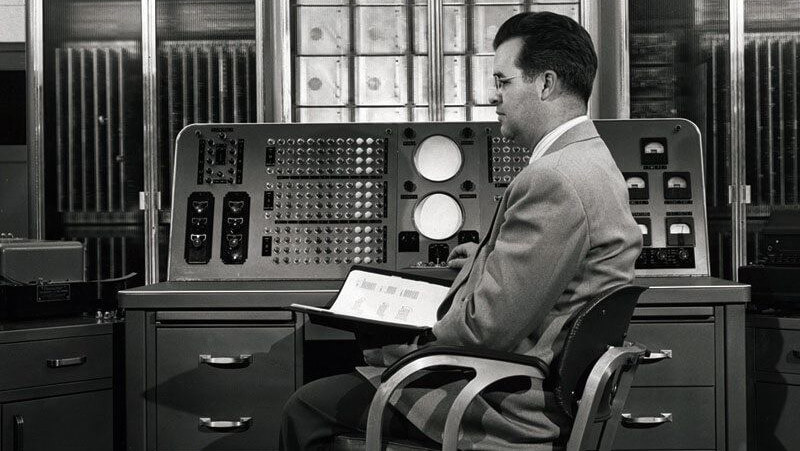In the world of hotel revenue management, change is the only constant.
NB: This is an article from Topline Revenue, one of our Expert Partners
What worked yesterday may not work today, and what you’re doing today might not work tomorrow. It’s time to face the cold, hard truth: Traditional revenue management is outdated.
Subscribe to our weekly newsletter and stay up to date
A New Era Demands New Strategies
As hoteliers and revenue managers, you’ve witnessed the landscape evolve dramatically over the years. The rise of online travel agencies (OTAs), the impact of review sites, and the changing preferences of travellers have created a perfect storm. The old playbook just doesn’t cut it anymore.
The Traditional Revenue Management Model
Let’s take a quick look at the traditional revenue management model. It’s like trying to fit a square peg into a round hole in today’s dynamic market. The traditional model focused primarily on occupancy rates and ADR (Average Daily Rate). But it failed to consider the broader picture.
– Occupancy Obsession: Traditional revenue managers fixated on achieving maximum occupancy. The mantra was “heads in beds” at any cost, often leading to steep discounts and eroding profitability.
– ADR Tunnel Vision: ADR was another obsession. While pushing rates higher might seem like a good idea, it sometimes priced your property out of the market, causing potential guests to look elsewhere.
Why Traditional Revenue Management Failed:
The Pitfalls of Traditional Thinking
1. Lack of Pricing Flexibility: Traditional models lacked the agility needed to adjust prices in real-time. Today, guests expect dynamic pricing that reflects demand fluctuations.
2. Overdependence on Historical Data: Relying solely on historical data made it challenging to respond to sudden changes in market conditions, like a global pandemic or a natural disaster.
3. Ignoring the Customer Experience: Traditional models often overlooked the guest experience, focusing solely on numbers. This oversight could lead to negative reviews and decreased customer loyalty.
The Modern Revenue Management Paradigm
So, what’s the alternative? How can you adapt and thrive in this new era of hotel revenue management?
1. Embrace Dynamic Pricing and Beyond: Dynamic pricing is the heart of modern revenue management, but let’s take it a step further. Consider dynamic packaging, where you bundle rooms with extras like spa treatments, dining vouchers, or even local experiences. This not only optimizes revenue but also enhances the guest experience.
2. The Secret Sauce of Forecasting: While dynamic pricing is crucial, experts understand that forecasting is equally vital. Advanced forecasting models use AI and machine learning to predict demand accurately. This allows you to adjust pricing proactively, staying ahead of the competition.
3. The Wizardry of Overbooking: In the world of experts, overbooking isn’t taboo – it’s a clever revenue-boosting tactic. By carefully overbooking within manageable limits, you can capitalize on no-shows and cancellations, all while keeping your guests happy.
4. Feedback Loop for Success: To excel, leverage guest feedback effectively. Monitor reviews, engage with guests on social media, and use their insights to improve your offerings continually. Happy guests become your brand ambassadors, driving more revenue.
The Future Belongs to the Adaptive
In conclusion, the demise of traditional revenue management is a reality we can’t ignore. To thrive in today’s competitive hotel industry, you must adapt or face the consequences. Embrace dynamic pricing and beyond, employ advanced forecasting models, master the art of overbooking, and create a feedback loop for success. The future belongs to those who can evolve and stay ahead of the curve.





